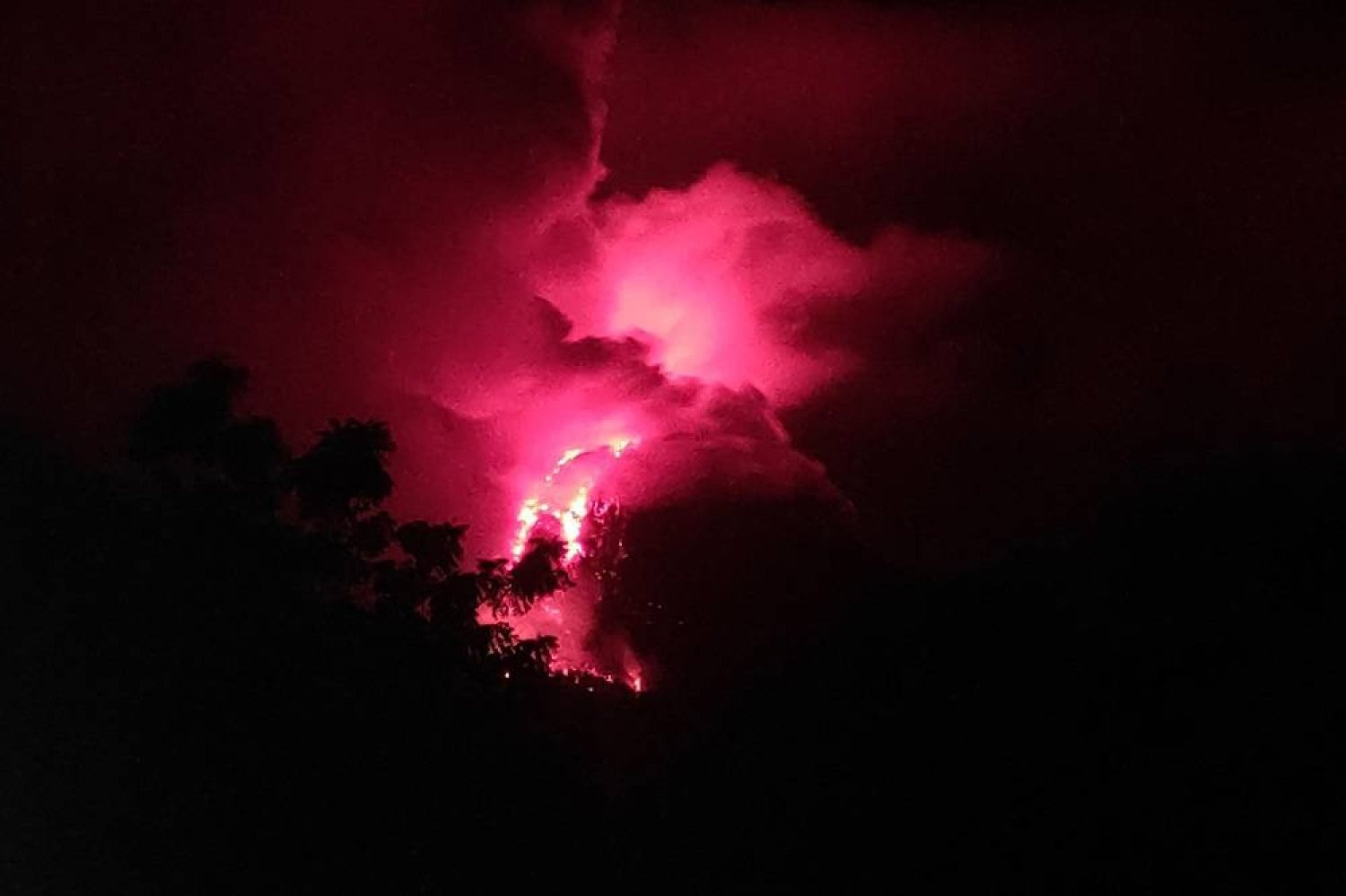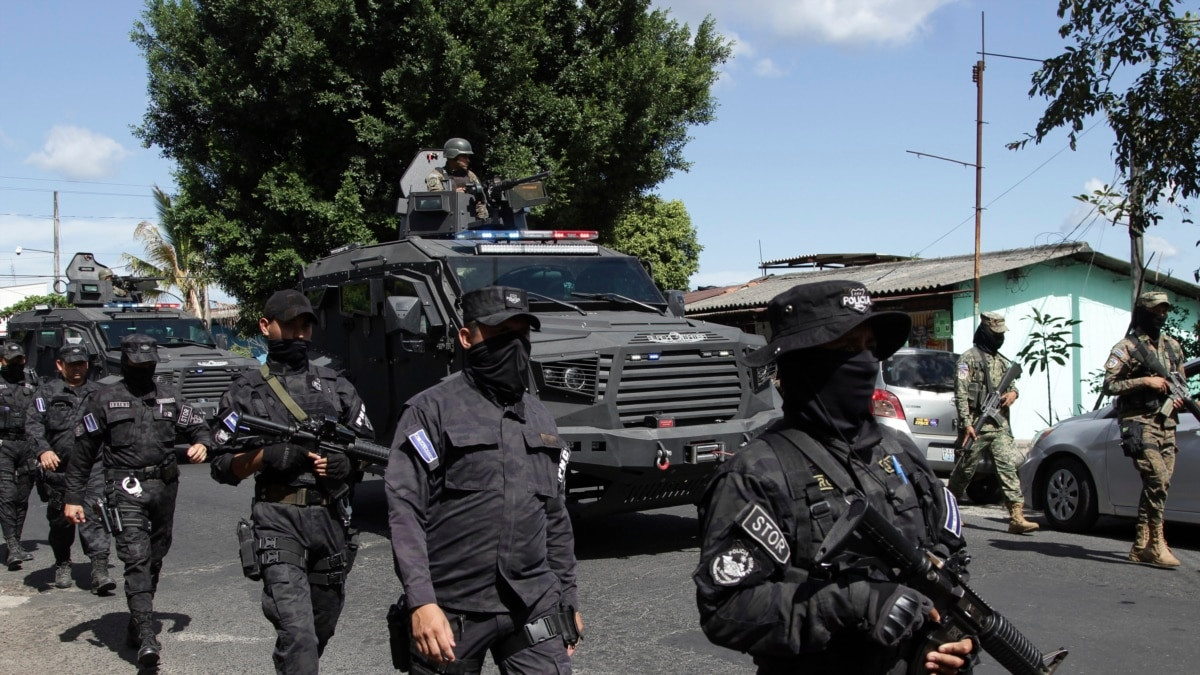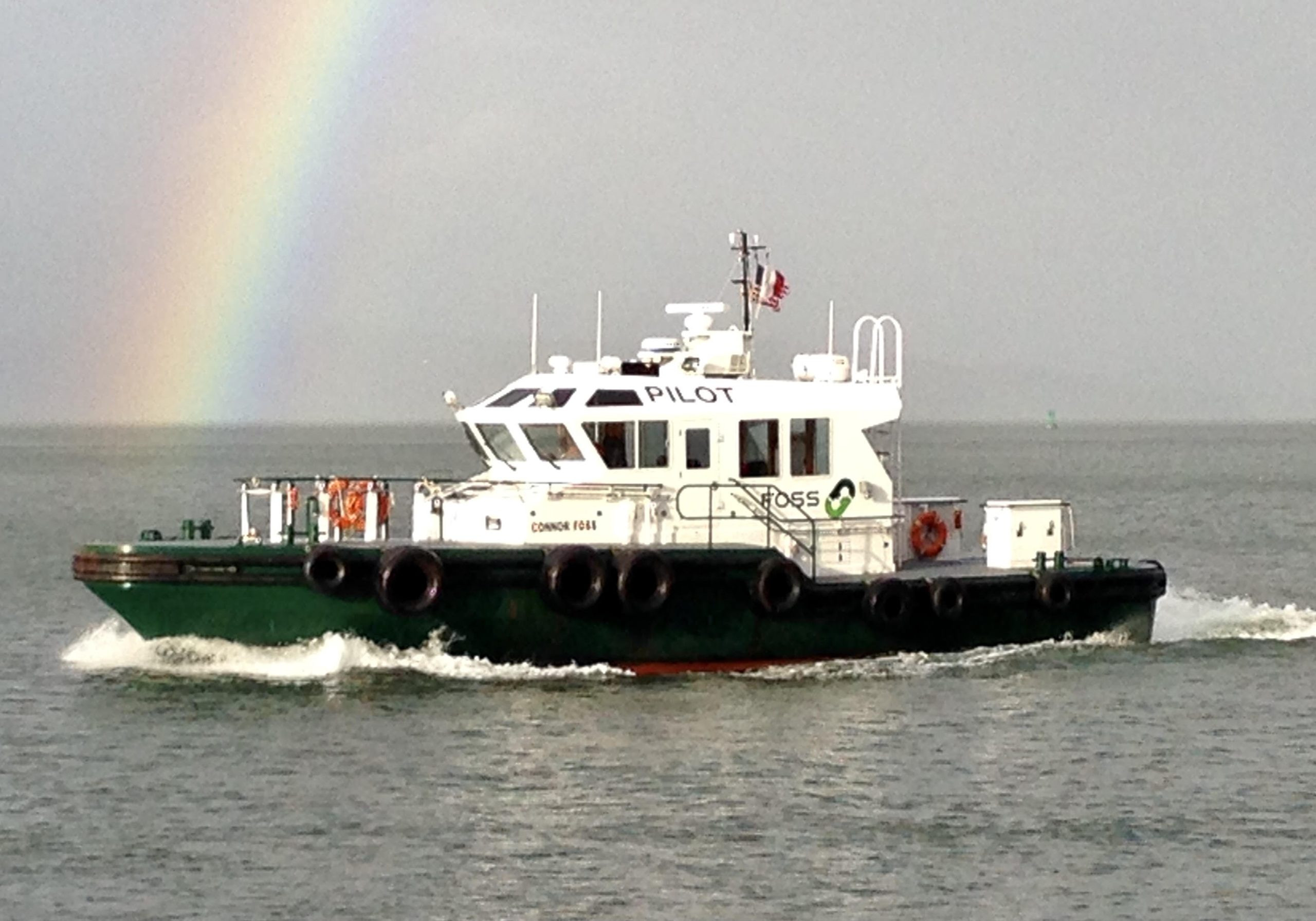Indonesia's Mount Lewotobi Laki-laki, located in East Flores, East Nusa Tenggara (NTT), continues to erupt, forcing thousands of residents to evacuate. Authorities have expanded the exclusion zone due to the ongoing volcanic activity and increased eruption intensity. On Sunday, the volcano spewed a volcanic material column that had reached 6,000 meters above the crater, with lava flows toward the northeast reaching 4,340 meters from the eruption center.
The latest eruption is a continuation of the major eruption on November 3, which resulted in nine deaths, 31 severe injuries, and the displacement of over 4,000 residents. The eruption’s hot clouds and volcanic debris destroyed hundreds of buildings and triggered fires across the affected areas.
Evacuation and Safety Measures
As of Sunday morning, the number of evacuees reached 11,445 people, with the most severely affected districts being Wulanggitang and Ile Bura. The government has established evacuation centers to provide support to displaced residents, offering logistics, medical care, and essential supplies. Many evacuees have also been accommodated by relatives in safer areas.
The government plans to permanently relocate all residents living within a 7-km radius of the crater as a long-term mitigation measure to anticipate similar eruptions in the future. The National Disaster Mitigation Agency (BNPB) is currently calculating how many residents will be permanently relocated from the more than 16,000 living in the nearest villages from the volcano.
Ongoing Volcanic Activity
The Volcanology and Geological Disaster Mitigation Center (PVMBG) has been recording volcanic activity on the mountain since December of last year, reporting near daily gray or white-and-gray ash plumes, some rising as high as 1,000 meters above the summit, that drifted to the west, northwest and southwest, prior to the November 3 eruptions.
The volcano's alert level has been raised to the highest of a four-tiered system. Officials have urged the public to remain calm, follow government instructions, and not believe in information from unverified sources. They have also advised caution regarding the potential for rain-induced lahar floods along rivers originating in the mountain’s slopes.
Mount Lewotobi's History and Context
Mount Lewotobi Laki-laki, which means “man” in Indonesian, is twinned with a calmer volcano, Perempuan, named after the Indonesian word for “woman” with a 2 km saddle between them.
The archipelago experiences frequent eruptions due to its position on the Pacific “Ring of Fire”, an area of intense volcanic and seismic activity. There have been at least 20 recorded eruptive periods at the two stratovolcanoes since 1859.
In January 2024, Mount Lewotobi Laki-laki erupted several times, with one eruption spewing volcanic ash 1.5 km above the mountain’s peak, prompting more than 2,200 residents to evacuate to temporary shelters set up by local administrations.
The volcanic ash also forced Frans Seda Airport, located more than 80 km away, to close temporarily.
Aftermath and Future Implications
The eruption has also impacted aviation, forcing the temporary closure of three provincial airports. The reopening of three additional airports is contingent upon air quality assessments. The top aviation alert remains active, prohibiting flights below 6 km above Mount Lewotobi and advising aircraft to remain prepared for ash interference, according to the disaster agency.
The current eruption period is regarded as more severe than previous ones by residents, highlighting the ongoing challenge of managing volcanic activity in a region known for its volcanic landscape and the risks it poses.
The situation highlights the importance of preparedness and mitigation measures to protect lives and property in areas susceptible to volcanic eruptions. Ongoing monitoring, evacuation plans, and community awareness programs are critical to minimizing the impact of future volcanic events.
The Unpredictability of Nature
The eruption serves as a stark reminder of the unpredictable nature of volcanic activity and the importance of staying informed about potential risks. While scientists continue to monitor and study these natural phenomena, the unpredictability of volcanoes requires continuous preparedness and adaptation from local communities and authorities.

















